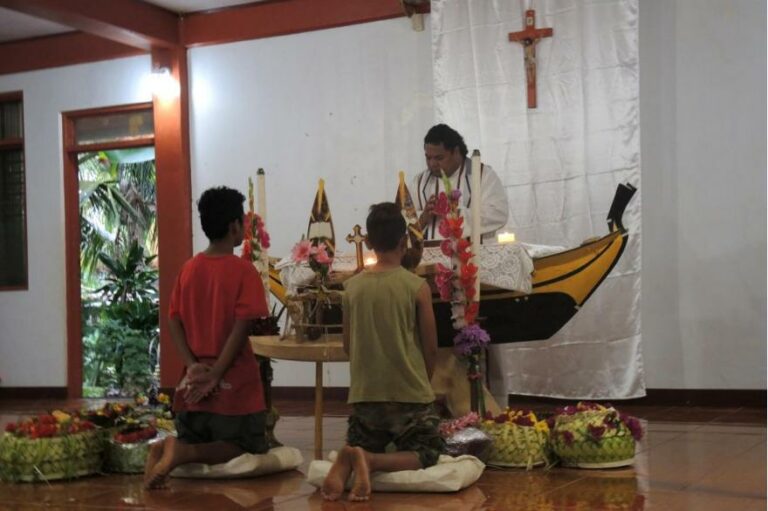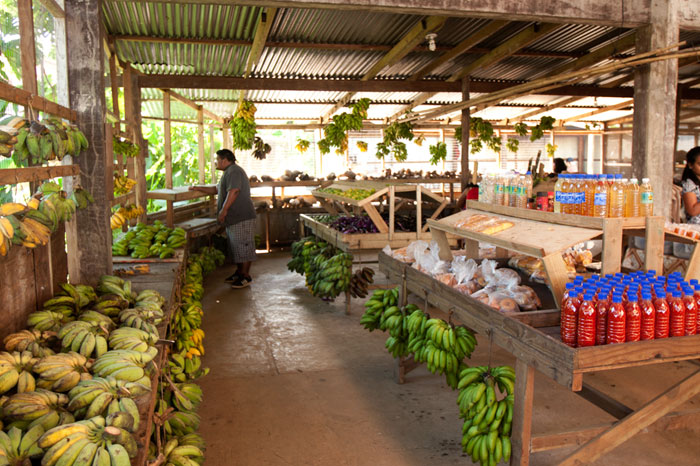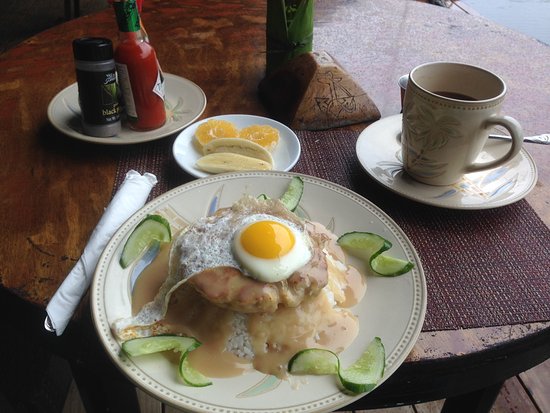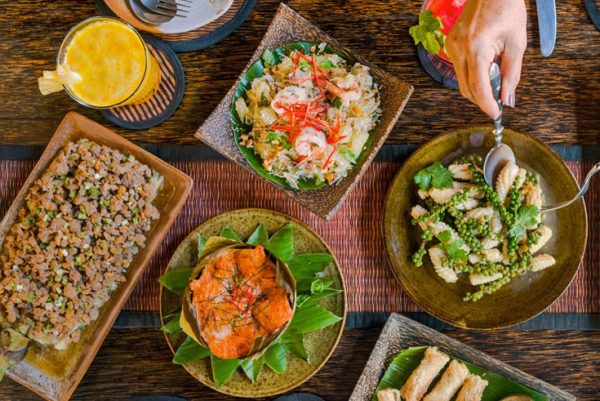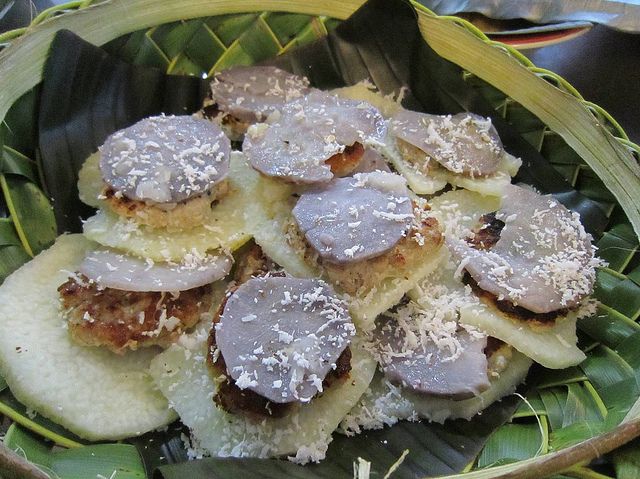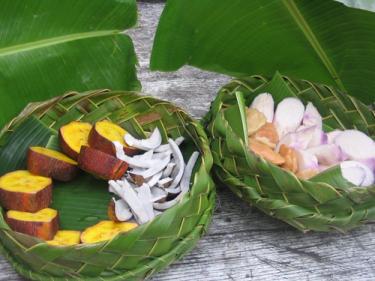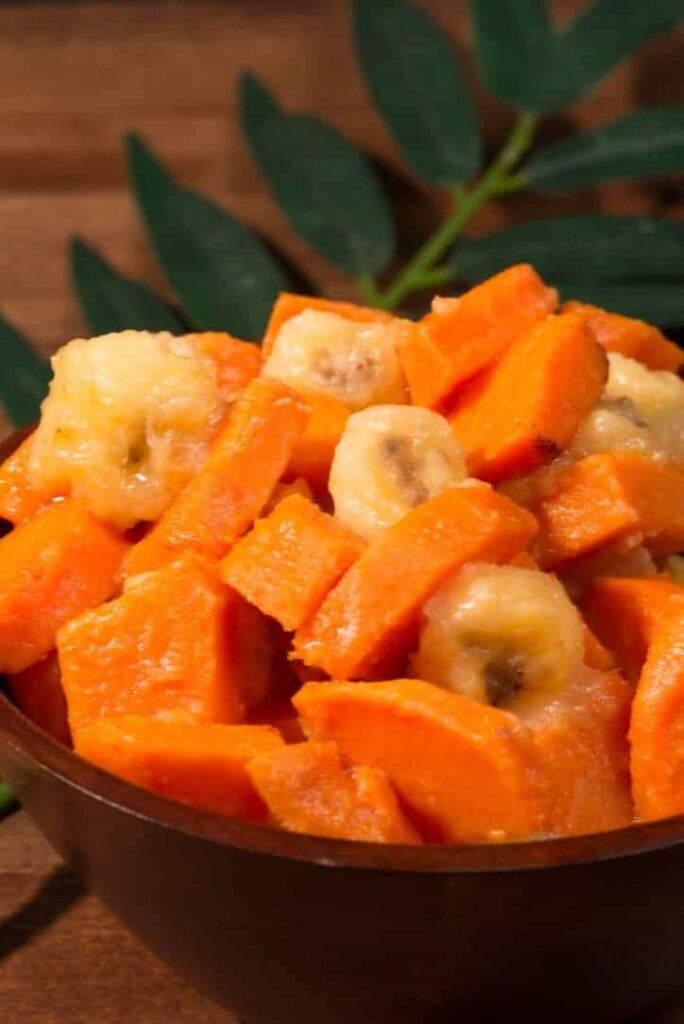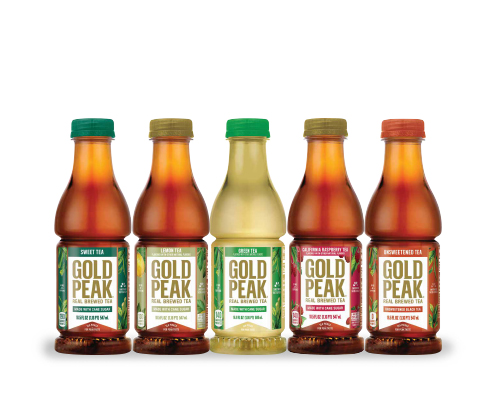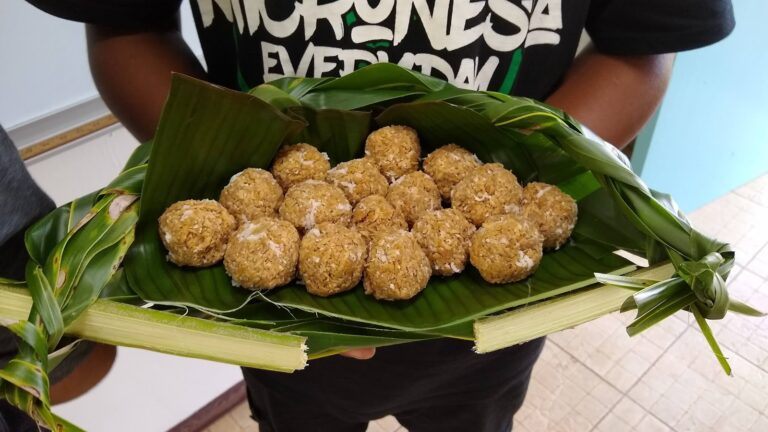Introduction: Micronesian Cuisine
Micronesia, a subregion of Oceania, comprises thousands of small islands in the western Pacific Ocean. The region is known for its diverse culture, which reflects in its cuisine. Micronesian cuisine incorporates traditional food preparation methods and local ingredients that have been passed down from generation to generation. The food culture in Micronesia is heavily influenced by the region’s diverse history, including colonisation by Spain, Germany, and Japan.
Religious Dietary Restrictions in Micronesia
Micronesia has a diverse population with various religions, including Christianity, Islam, and Buddhism. However, the majority of Micronesians are Christians, with a significant number belonging to the Roman Catholic Church. The Catholic Church does not impose strict dietary restrictions, but fasting and abstinence are observed during Lent and other significant religious periods. On the other hand, some Protestant denominations, such as Seventh-day Adventists, encourage plant-based diets and abstain from eating certain meats, such as pork.
Christianity and Dietary Practices
Christianity has influenced Micronesian dietary practices, particularly in the preparation and consumption of food during religious celebrations. For instance, the tradition of consuming breadfruit during the Easter season is common among Catholics in the region. Additionally, Micronesian Catholics prepare special dishes, such as roasted pig, for important religious celebrations like Christmas and Easter.
Traditional Micronesian Cuisine
Traditional Micronesian cuisine is centred around seafood, root crops, and coconut, with dishes varying among the various islands. Some of the popular dishes in the region include chuke, which is a hearty soup made with taro, breadfruit, and meat (usually chicken or fish). Another favourite is kemelbu, a grilled fish dish that is often served with coconut cream and cooked in banana leaves. Other dishes include taro leaf soup, banana pudding, and tapioca pudding.
Local Ingredients and Food Preparation
Local ingredients play a significant role in Micronesian cuisine, with coconut being a staple ingredient in many dishes. The coconut is used in various ways, including as a flavouring agent, a thickener, and a cooking oil. In addition, other local ingredients, such as breadfruit, taro, and yam, are used in many traditional dishes in the region. Food preparation methods vary among the islands, with some methods involving grilling, baking, boiling, and steaming.
Conclusion: Understanding Micronesian Food Culture
In conclusion, Micronesian food culture reflects the region’s diverse history, religion, and geography. The cuisine is rich in flavour and heavily influenced by traditional food preparation methods and local ingredients. While there are no specific dietary restrictions imposed by religion in Micronesia, Christianity has influenced dietary practices in the region. Understanding the culture and cuisine of Micronesia is vital in appreciating the region’s heritage and traditions.

